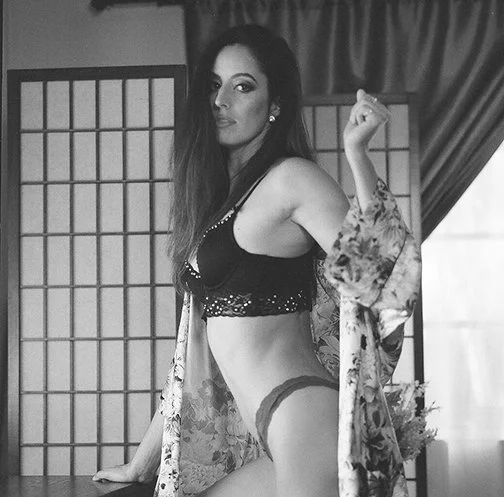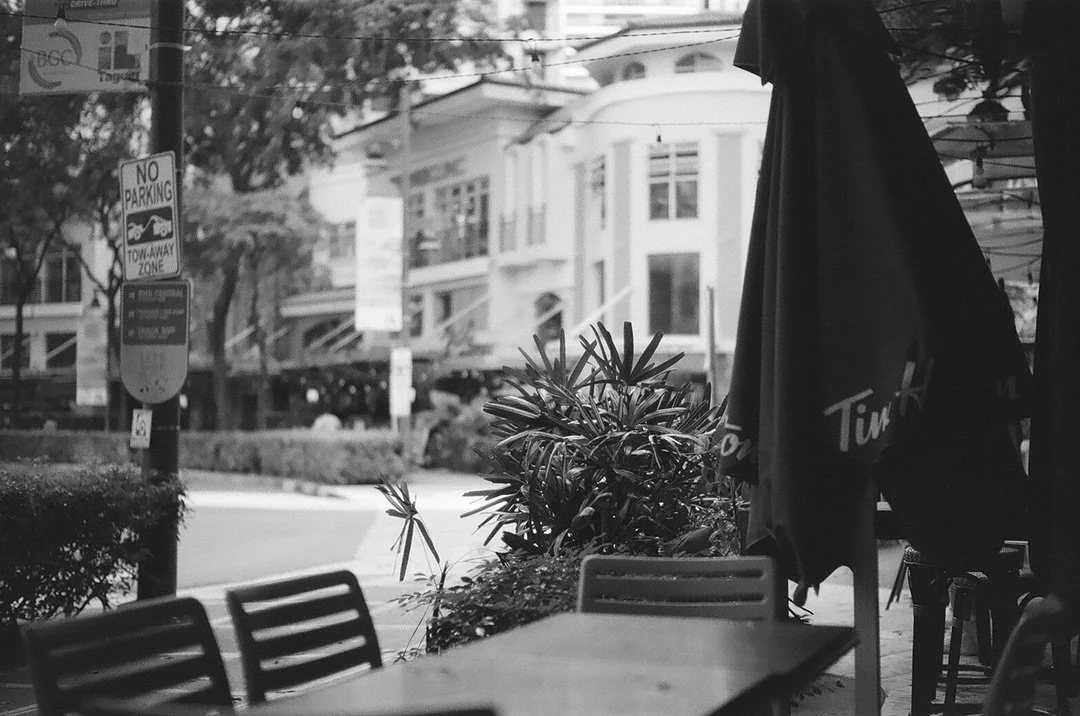The Film Files: Why I Still Shoot Analog in a Digital World
Why film? I have a buddy who always asks me the same thing. Whenever I say yes, I still shoot film, he laughs and says, “Still an asshole, huh?” He means it with love. His argument is simple: film is too much of a hassle—the where, the how, and the waiting for results. I get it. But I still love it.
Somewhere between airport layovers and coffee shop stops, between model shoots and rainy sidewalks, I still find myself reaching for a roll of film.
It’s not about being a purist. I shoot digital. I shoot cinematic video. I own gear that can autofocus in near darkness, track faces while I talk, and record me in 4K while I move. And yet…
Film still calls to me.
Not always, not everywhere. But when I need to slow down and really feel the frame before I take it, nothing brings me into the moment like analog. I’ve been posting a lot of film work lately over on CreativelyBare.com, but this isn’t just a mood shift. It’s a return to something I forgot I needed.
With film, there’s no screen to check. No preview to tweak. You shoot, you move on, and you hope. Sometimes, days or weeks later, you finally see if the moment you felt matched what the light gave you.
The Nina set was like that. Shot on the Hasselblad 500CM, loaded with Ilford Delta 3200. I metered by instinct, framed without a grid, and let her movement guide the lens. It reminded me of when I first started, when I had one camera, one lens, and just enough film to make every shot count. That wasn’t a limitation. That was focus.
When I was in Manila a few years ago, I shot a few rolls of black and white film — mostly street scenes. Nothing planned, just what caught my eye. Looking through those negatives again recently, I realized the film photos give me a clearer memory of that trip than any of my digital shots. The black and white frames tell me more about what I saw, and maybe who I was, than the clean digital files ever could. They don’t flatter; they remember. The tones, the grain, even the missed exposures — they show the heat, the noise, the pulse of the city.
Maybe that’s the irony of black and white: it strips away everything until only truth is left.
We’re too spoiled today. It’s too easy to shoot. This has made almost everyone a “photographer.” Cameras have become so capable that it doesn’t take much to create an image anymore. But that ease comes at a cost.
Every time I return to film, I learn something that improves my digital work. More deliberate. Less reactive. I take fewer shots. I watch more. I wait more.
The irony isn’t lost on me that I’m sharing this reflection online, in pixels, across platforms built for speed. But this is why I still shoot film.
Because not everything should be instant.
Because sometimes, waiting is part of seeing.
Because a little grain reminds me I’m still here.

